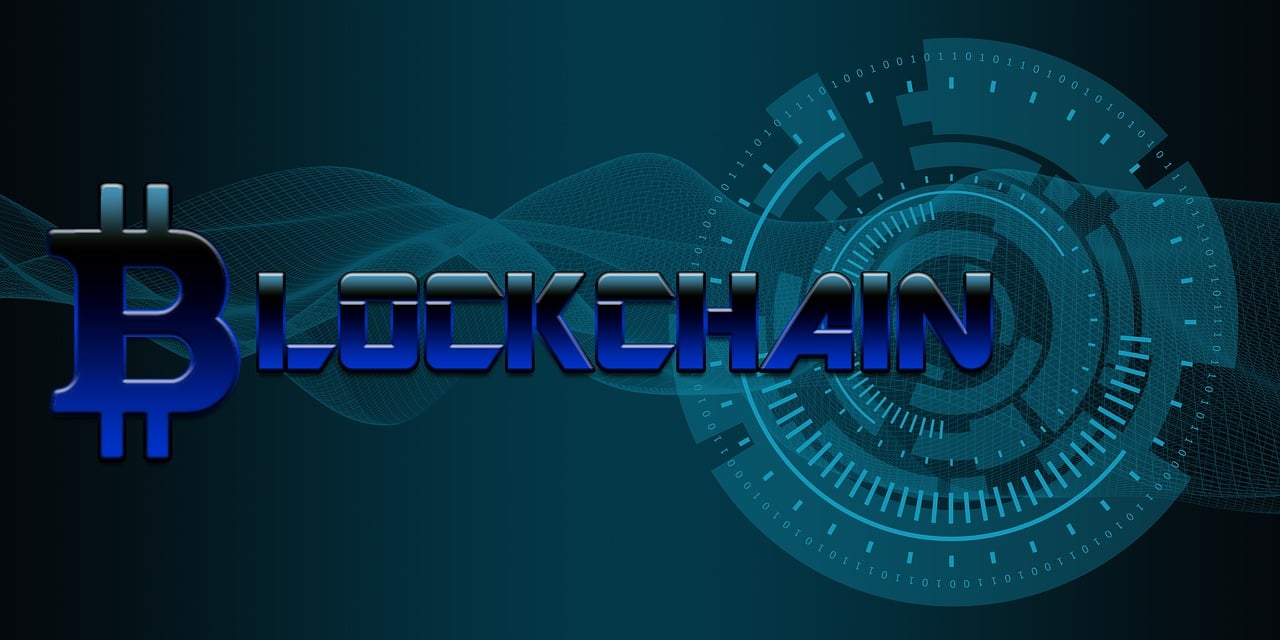Key Features of Blockchain Technology
Types of Blockchain Technology
Popular Examples of Leading Blockchain Networks
A blockchain is a computer system, operating a peer-to-peer, decentralized network where transactions are published for all network participants to see. The distributed ledger on which each blockchain transaction is recorded is unalterable, and uses cryptographic security.
The first blockchain was created in 2009 to support Bitcoin cryptocurrency transactions. Since then other blockchain have emerged to support various digital currencies and also to serve a range of other purposes, in a wide variety of industries. For example, blockchain technology can be used to ensure the safe storage and sharing of medical data, or to make mobile voting systems devices impossible to tamper with, transparent and secure.
How Does Blockchain Work?
The blockchain works by recording blocks of data, and connecting each block to the last. Every block consists of a set of timestamped transactions, which then get linked together in a chain.
Key Features of Blockchain Technology
- Decentralized: The blockchain operates across a peer-to-peer network of nodes rather than being controlled by a central authority.
- Secure: The blockchain safeguards transactions and the creation of new blocks, using cryptographic security.
- Immutable: The second a new transaction is added to the block it cannot be altered without a network consensus.
- Transparent: Every transaction recorded on the distributed digital ledger is visible to all network participants.

Benefits of Blockchain
Blockchain tech offers members of the crypto finance community and those in a range of other sectors several unique advantages:
- Equal Access to Data: Transparency is central to the blockchain and all participants have access to exactly the same information, reducing the chance of data discrepancies.
- Cryptographic Security: The recording and verification of transactions on the blockchain is secured by encryption protocols that protect against an unauthorized breach.
- No 3rd Party Costs: Since blockchains are decentralized, this eliminates the need for intermediaries, cutting costs, enhancing efficiency, and increasing transaction speeds.
- Transaction Traceability: Each transaction can be tracked straight back to its source, which is beneficial in a range of industries, such as supply chain management.
Disadvantages of Blockchain
While there are several benefits to blockchain tech, there are also some serious drawbacks that those entering the space need to consider.
- Scalability Issues: As the amount of transactions being executed grows, this has a detrimental effect on the blockchain’s capability to maintain its levels of speed and efficiency
- Energy Inefficiency: All blockchains, in particular, those with a POW consensus mechanism require massive energy consumption leading to major environmental concerns.
- Complex and Inaccessible: The technology behind the blockchain is exceptionally complex and for newcomers to the crypto arena, and non-developers, it can be hard to understand.
- Regulatory Challenges: In the dynamic world of blockchain technology regulation has not kept pace with developments, and this has created hurdles for regulators and users alike.

Types of Blockchain Technology
There are various kinds of blockchain technology, which can be categorized based on their access, architecture and control systems.
- Public Blockchain: Blockchains like Bitcoin and Ethereum are open to anyone who wants to participate
- Private Blockchain: Used mostly by organizations, private blockchains are restricted to certain groups
- Hybrid Blockchain: The flexible hybrid option combines aspects of public as well as private blockchains
- Consortium Blockchain: These blockchains are controlled by multiple bodies rather than one organization
Popular Examples of Leading Blockchain Networks
As the world of crypto grows, and more people are participating in this digital revolution, the range of blockchain networks with different purposes, native coins and types of architecture is expanding. Here are some of the most well-known and well-loved examples:
- Ethereum: This decentralized blockchain is renowned for its smart contract functionality and the native currency ETH is the world’s second largest in terms of market capitalization after Bitcoin.
- Tron: This Proof-of-Stake (POS) blockchain is focused on decentralized content sharing and has over 283 million users. The native cryptocurrency for the TRON blockchain is Tronix (TRX).
- Solana: A Proof-of-History (POH) blockchain, Solana is recognized for its energy efficiency, high throughput and low fees. It is designed to host scalable decentralized applications.
- Polygon: Operating as a sidechain solution for the Ethereum blockchain, Polygon aims to provide lower transaction costs, improved scalability, lower energy consumption and faster transaction speeds.
- Binance Smart Chain: Developed by Binance, and operating in parallel to the Binance Chain, the BNB Smart Chain blockchain was built to run smart contract-based applications and allow for faster transactions.
Blockchain programming is developing in exciting new directions all the time, with innovations and new applications in a broad range of industries. This versatile technology is rapidly evolving providing unparalleled speed, security, and transparency.
Curious to find out more about the rapidly developing worlds of blockchain and digital assets? Check out more articles from the MyMollet crypto glossary, and learn about a wide variety of crypto-related topics!
